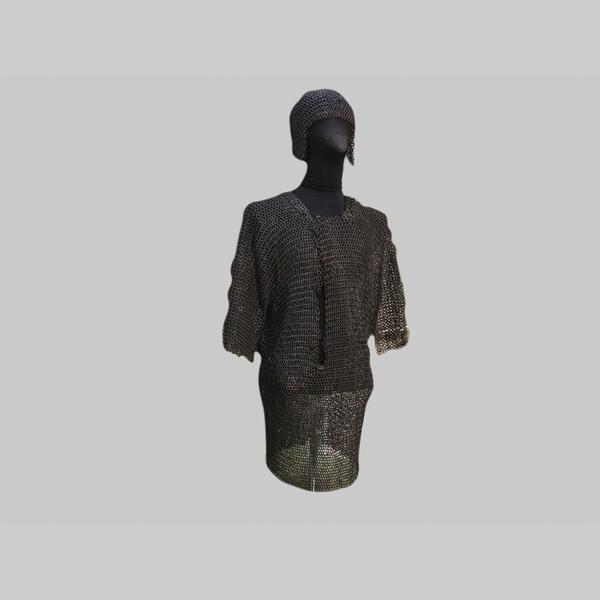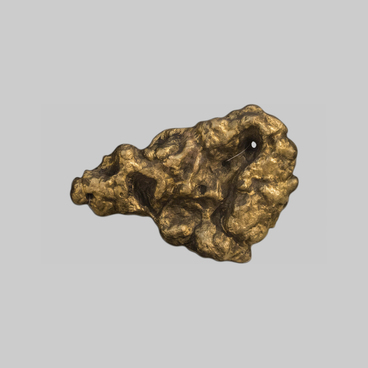The first Russians settled in the Southern Urals back in the Middle Ages. These were mainly Volga Cossacks and fugitive peasants from the Central and Volga uyezds (an administrative subdivision). In the 17th century, the Russians colonized only the territory along the lower course of the Miass River, and all settlements were located on its left bank. In the first half of the 18th century, the need to protect the regions of the Southern Urals that had joined Russia and develop their economy resulted in the construction of a number of fortresses, which later became cities, on the eastern outskirts of the state. In 1734, the Orenburg Expedition was launched. It was tasked with building Orenburg, which was to become the region’s administrative and military hub.
The museum’s exhibition showcases weapons and armor from the late 18th and early 19th centuries with which Russians came to the Urals. A chain mail (a mail shirt) and a misyUrka (a dome-shaped mail cap that covered the ears) were important parts of a warrior’s armor. The name “misyurka, ” short for “misyurskaya hat, ” comes from the Arabic name for Egypt: Misr. This type of armor was very popular in Turkey, where it probably came from Egypt. In the 16th century, these items spread from the Ottoman Empire to Russia and other countries. Misyurkas were decorated with gold and silver notches and silver overlays, engraved, and blackened. The chain mail and misyurka protected the warrior from spear hits, sword blows, and enemy arrows.
A chain mail required a lot of time and effort to make. This craft was closely tied to the source of raw materials and iron smelting. The forging of melee weapons and protective equipment was considered the most honorable and respected part of a blacksmith”s job. A blacksmith had to be careful when calculating the diameter of the rings: if they were big enough for a finger to pass through them, then the chain mail was unfit for protecting the archer”s body in combat. The armor also had to be loose enough to avoid restricting movement.
Special quilted jackets were worn under the chain mail to soften the blows. A single chain mail took up to a year and a half to make. This armor was treasured. It was passed down the generations and won in battles as a trophy.
The museum’s exhibition showcases weapons and armor from the late 18th and early 19th centuries with which Russians came to the Urals. A chain mail (a mail shirt) and a misyUrka (a dome-shaped mail cap that covered the ears) were important parts of a warrior’s armor. The name “misyurka, ” short for “misyurskaya hat, ” comes from the Arabic name for Egypt: Misr. This type of armor was very popular in Turkey, where it probably came from Egypt. In the 16th century, these items spread from the Ottoman Empire to Russia and other countries. Misyurkas were decorated with gold and silver notches and silver overlays, engraved, and blackened. The chain mail and misyurka protected the warrior from spear hits, sword blows, and enemy arrows.
A chain mail required a lot of time and effort to make. This craft was closely tied to the source of raw materials and iron smelting. The forging of melee weapons and protective equipment was considered the most honorable and respected part of a blacksmith”s job. A blacksmith had to be careful when calculating the diameter of the rings: if they were big enough for a finger to pass through them, then the chain mail was unfit for protecting the archer”s body in combat. The armor also had to be loose enough to avoid restricting movement.
Special quilted jackets were worn under the chain mail to soften the blows. A single chain mail took up to a year and a half to make. This armor was treasured. It was passed down the generations and won in battles as a trophy.



